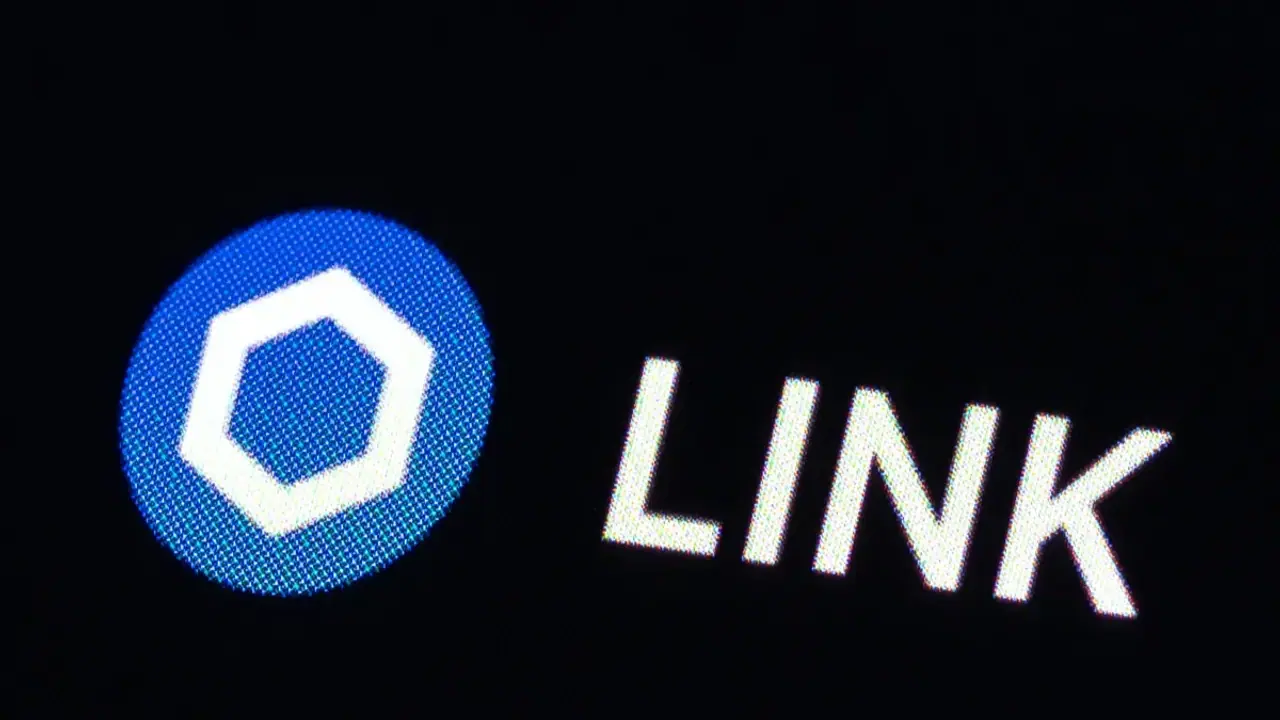Chainlink’s Runtime Environment orchestrated an atomic swap between Ondo’s Treasury tokens and Kinexys cash, proving cross-chain DvP can happen without bridges or settlement risk.
Chainlink’s (LINK) new Runtime Environment has pulled off its first high-stakes dress rehearsal for the future of settlement: a Delivery-versus-Payment swap that left neither counterparty holding risk or paperwork.

In the demo, Ondo Finance locked a batch of OUSG - its $692 million tokenized US-Treasury fund - on the Ondo Chain testnet while J.P. Morgan’s (JPM) Kinexys Digital Payments network simultaneously queued a cash transfer on its permissioned ledger.
Chainlink CRE, acting as an off-chain conductor, watched Ondo’s escrow contract, verified the token lock, triggered Kinexys’ API for payment, received confirmation, and then released the bond tokens to the buyer - all in one continuous workflow that never bridged assets across chains.
Only signed settlement instructions moved, keeping dollars on the bank rails and securities on a public testnet built for RWAs.
Why does that matter? Tokenized assets on public blockchains have surpassed $22 billion, yet they still clear like it's 1995: siloed systems, overnight batch nets, and reconciliations that pray line items match.
Atomic DvP eliminates the “I paid, but did you deliver?” headache and slashes the capital firms must warehouse as margin. CRE is configurable; change the asset chain, swap the payment rail, or run both legs on a single network if regulation demands.
It can even talk to legacy RTGS systems<, turning Swift messages into on-chain escrow releases without human intervention.
For Ondo, the test crowns its purpose-built L1 before mainnet launch and showcases OUSG as a settlement-grade instrument rather than a DeFi curiosity. For J.P. Morgan, it proves Kinexys can stretch beyond private walled gardens and still satisfy compliance.
Chainlink benefits most: the oracle brand just became a middleware brand, offering banks a neutral zone where smart contracts handshake without spaghetti bridges or wrapped IOUs.
Next steps include production pilots later this year with larger trade sizes and real balance sheets. If they succeed, the industry gains a neutral, deterministic backbone where Treasuries on Solana (SOL) can atomically swap for tokenized euros on a European payment ledger, no overnight suspense accounts required.
If they fail, settlement desks will keep batching at 4 p.m. and blockchain will remain a spectator sport. The demo narrowed the odds in favor of change.
For updates and corrections, email newsroom[at]stocktwits[dot]com.<
